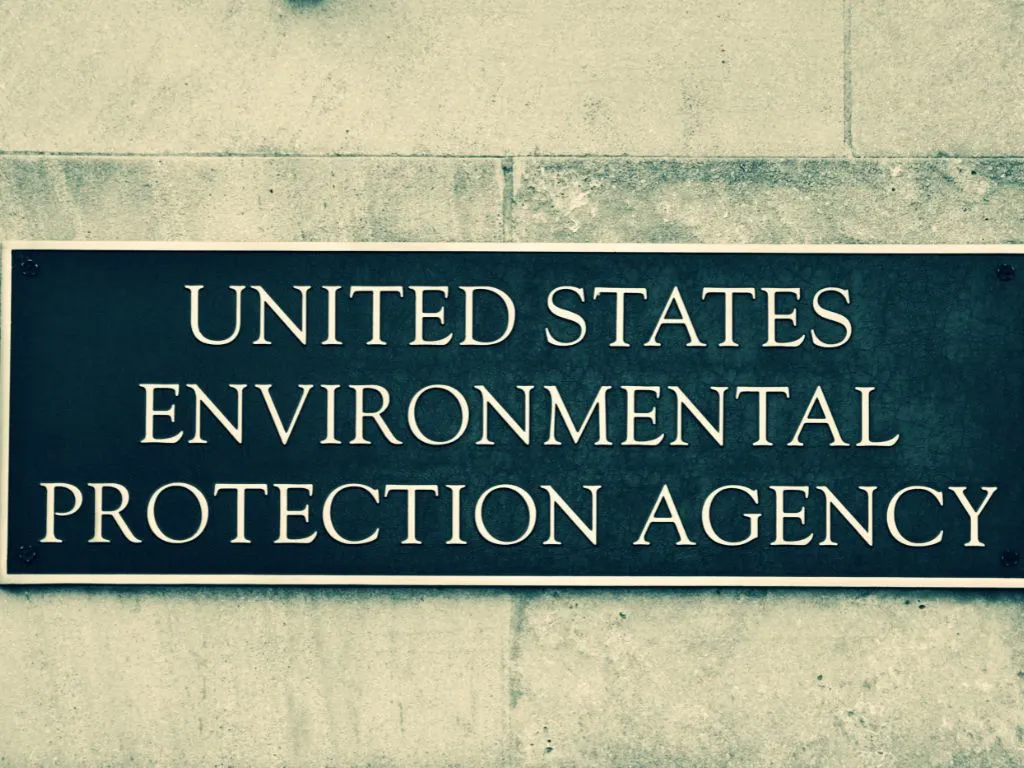- Home
- News Details
News Details

EPA Proposes High Priority Substance Designations under the Toxic Substances Control Act TSCA
2024-08-20 Reference source : WTO
Human health exposure Toxic substances TSCA
On July 31, 2024, the Environmental Protection Agency (EPA) notified the World Trade Organization of its proposal to designate the following 5 substances as high priority substances under the Toxic Substances Control Act (TSCA) and its implementing regulations:
-
Acetaldehyde (CASRN75–07–0)
-
Acrylonitrile (CASRN107–13–1)
-
Benzenamine (CASRN62–53–3)
-
Vinylchloride (CASRN75–01–4)
-
4,4-methylenebis(2-chloroaniline) (MBOCA) (CASRN101–14–4)
Purpose and Definition of High-Priority Substances
EPA is seeking public comments on five chemical substances being considered for High Priority Substance status. The comment period is open for 90 days.
A High Priority Substance is defined as a chemical that may pose an unreasonable risk to health or the environment based on its hazard potential and exposure routes under current conditions of use, without regard to costs or other non-risk factors.
Risk Evaluation Process
A High Priority designation does not confirm an unreasonable risk, but rather triggers the TSCA risk evaluation process to determine whether the substance actually poses such a risk. Once prioritization is completed, EPA will have evidence of potential harm from the substance. It is important to note that the proposed designation of a chemical substance as high priority does not immediately indicate an unreasonable risk, but rather indicates the need for further evaluation to determine the actual risks associated with the substance.
Criteria for Assessment
EPA assesses five possible chemicals by considering their hazard potential, persistence, bioaccumulation, exposure risks, proximity to drinking water sources, production volume, and any significant changes in their use. Other relevant factors may also be considered. The information is sourced from TSCA regulations and scientific standards for hazard and exposure data. The screening process follows the guidelines specified in 40 CFR 702.9(a) and (b) and TSCA Section 6(b)(1)(A), with an emphasis on prioritizing chemicals based on their potential risks to human health and the environment.
We acknowledge that the above information has been compiled from WTO.
Global Product Compliance (GPC) specializes in Global Regulatory Compliance Solutions across sectors
globally. SSS Europe, a familiar name in chemical regulatory and compliance services now formally belongs
under the umbrella of GPC Holding Sweden.
Since 2008, we have emerged as one of the leading names among Global Regulatory Compliance Service
Providers with Representation services in Europe, Asia and Middle East for respective chemical
regulations.

 Twitter
Twitter
